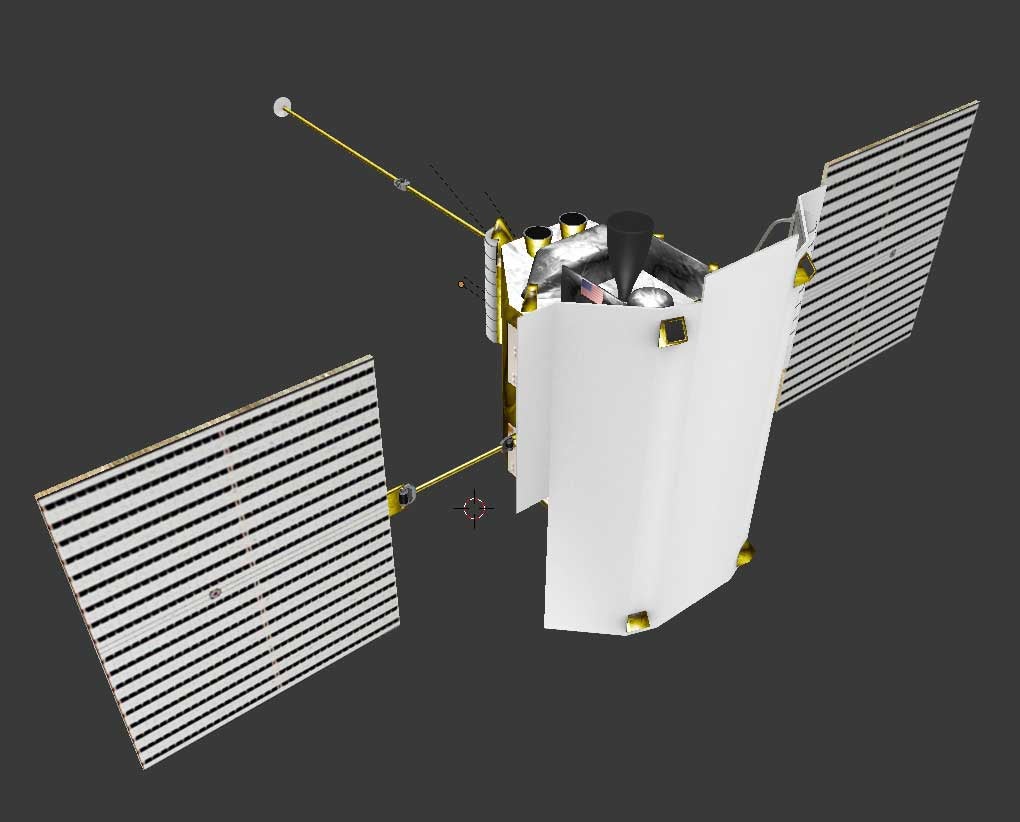We can navigate spacecraft practically anywhere in the solar system with nothing but Isaac Newton’s laws of motion. The only uncertainty arises from either the imperfect data that determine the locations of planets and spacecraft or the firing of thrusters to execute the maneuvers needed for accurate targeting — but these are manageable.
As to the factors that determine the desired closest approach for a planetary swingby, they depend on how much added velocity boost a particular mission needs and what scientific data about the planet we wish to investigate. The amount the trajectory path bends with respect to the planet determines a velocity gain or loss. Both the closeness to the planet and its mass determine the bending, and hence the size of the boost. The optimum approach distance can range from a few hundred to many thousand kilometers. Normally, the uncertainty in the approach distance is a few to a few dozen kilometers, and this amount is not a major factor in the spacecraft’s safety.
We tend to be more concerned about approaching the planetary atmosphere too closely and burning up, colliding with Saturn’s rings, or suffering radiation damage from Jupiter. Mission planners address these worries before even deciding to include a planetary swingby. — John Anderson, NASA’s Jet Propulsion Laboratory (retired), Pasadena, California
As to the factors that determine the desired closest approach for a planetary swingby, they depend on how much added velocity boost a particular mission needs and what scientific data about the planet we wish to investigate. The amount the trajectory path bends with respect to the planet determines a velocity gain or loss. Both the closeness to the planet and its mass determine the bending, and hence the size of the boost. The optimum approach distance can range from a few hundred to many thousand kilometers. Normally, the uncertainty in the approach distance is a few to a few dozen kilometers, and this amount is not a major factor in the spacecraft’s safety.
We tend to be more concerned about approaching the planetary atmosphere too closely and burning up, colliding with Saturn’s rings, or suffering radiation damage from Jupiter. Mission planners address these worries before even deciding to include a planetary swingby. — John Anderson, NASA’s Jet Propulsion Laboratory (retired), Pasadena, California










